Vaujany and Col du Sabot
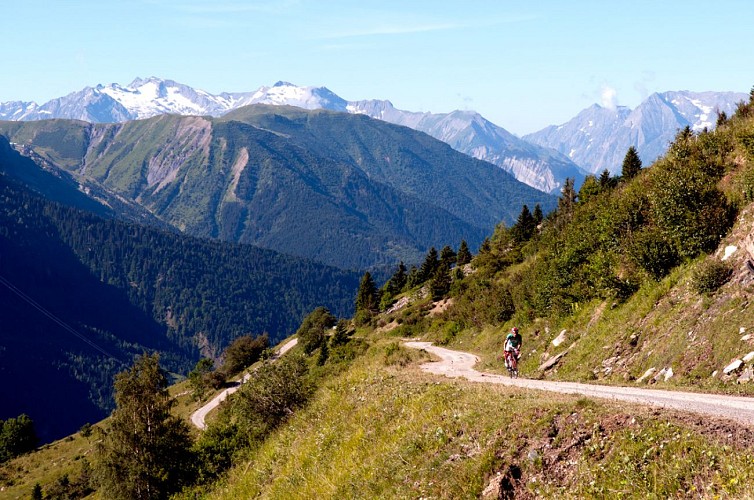
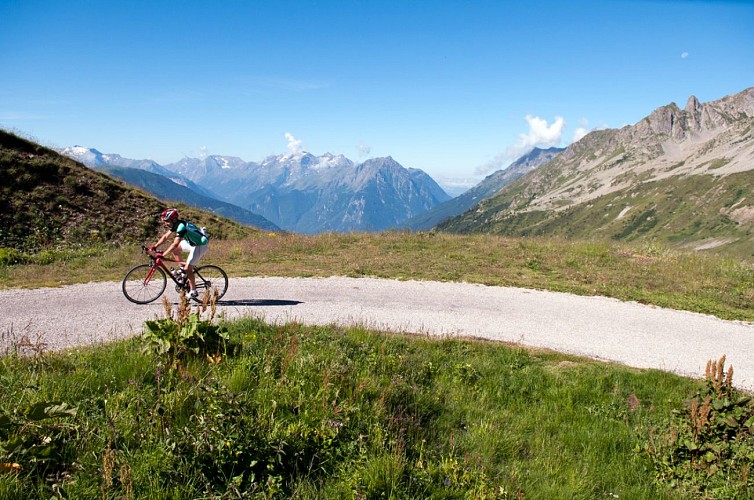
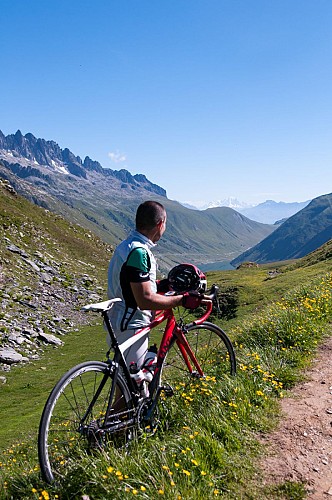
Description
The small and narrow road to Col du Sabot threads through the alpine pastures of Vaujany. The climb is strenuous. Here, it is not unusual to come across a few cows! At the end of the ride, you will be rewarded with a view over the Lake Grand Maison.
Itinerary no. 12 of the “Cycling in Oisans” guide (Oisans Tourisme)
Departure / Arrival: Bourg d’Oisans 720 m
Time: 2 h 30
Distance (R/T): 57 km
Highest point: 2100 m
Lowest point: 710 m
Total ascent: 1565 m
Max. gradient: 12%
Map: Michelin Local Map no. 333 Isère, Savoie
ITINERARY
From Bourg d’Oisans, follow the D1091 towards Grenoble.
In Rochetaillée, take the direction of “Allemond / Vaujany”.
After Allemond, climb up 2 hairpin bends to get to the top of the Verney dam. At the end of the dam, follow the route along the shore of Lake Verney towards Vaujany.
At the end of the lake, turn right and start climbing up to the Col du Sabot. You will pass through 4 hamlets before arriving at Vaujany.
Once in Vaujany, cycle towards “Vaujany - Village”. Cross the village in the direction of La Villette / le Collet.
At Collet, keep following the road, from here you have 7 km climb up to Col du Sabot (2100 m).
THAT LITTLE BIT FURTHER: Les cheminées d’équilibre
You can add the climb up the “Cheminées d’équilibre” as you enter Vaujany.
It is a pastoral although rather strenuous itinerary offering a charming view over a lovely sunny mountainside facing the glaciers of the Grandes Rousses massif and the waterfalls of La Fare.
---
Distance (R/T): 10 km
Time: 1 h
Total ascent: 510 m
HISTORY
For centuries, the Col du Sabot was the gateway to cross the border between France and Savoy. The word “Sabot” comes from “Sabaudia” which means Savoy in the dialect. This border and its customs disappeared in 1850 with the annexation of Savoy to France. With the development of the road network and the democratization of cars, this route was gradually abandoned in favour of the current road that joins Col du Glandon and Col de la Croix de Fer by Rivier d'Allemond.
Technical informations
57 km
|
max. 2100 m
min. 709 m
1565 m
1561 m
| |||
Accessibility | ||||
Style : Mountain Public : SportsmenCyclistsReserved for experts/confirmed | ||||
Altimetric profile
Starting point
Steps
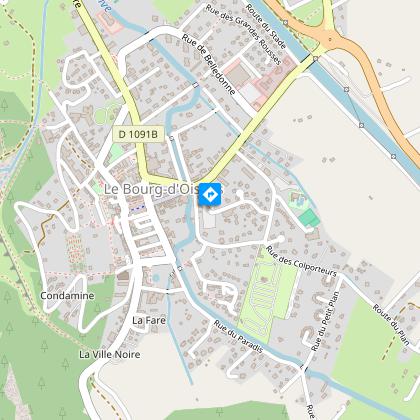
Bourg d'Oisans
From Bourg d’Oisans follow the RD1091 to Allemont.
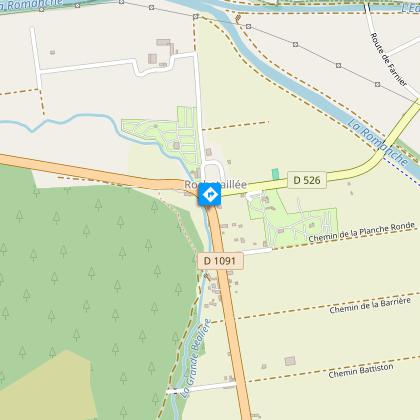
Rochetaillée
Turn right toward Allemont on the RD 526.
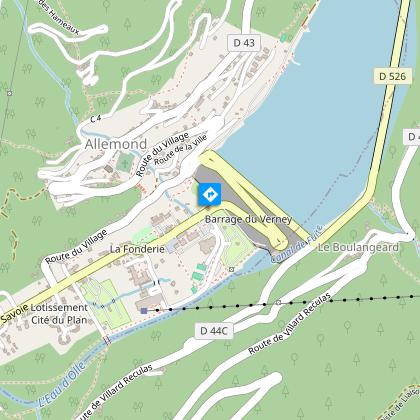
Allemont
From Allemont cycle to Lake Verney.

Verney lake
This lake was built fot the hydroelectric dam of Grand 'Maison.

Toward Vaujany
Turn left to begin the Vaujany road (D43a)
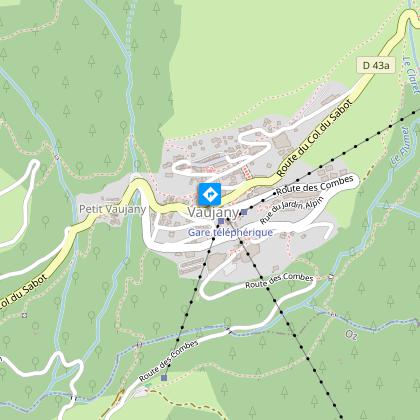
Vaujany
In Vaujany follow "La Villette". You cross the village resort that combines tradition and modernity.

La Villette
Follow the road to the Col du Sabot . Vaujany hamlet, Villette still has his school (now a cottage), its bread oven, the chapel and the remains of the old mill.
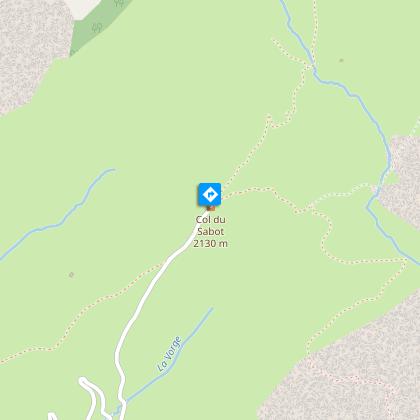
Col du Sabot
Col du Sabot was for centuries the border between France andSavoy. This border disapeared in 1850 with the annexation of Savoy to France. The development of the road network with the democratization of car isolated this route in favor of the current road that joins the col of the Glandon and Croix de Fer by Allemont river. Return by the same route.
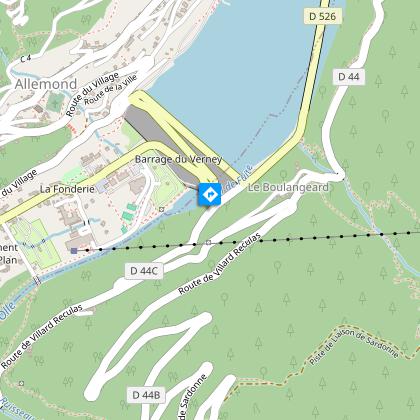
Retour par La Voute
Au barrage continuer tout droit et montez Jusqu'au hameau de "La Beurrière". Puis laissez-vous descendre jusqu'au Raffour pour récupérer la D526 prise à l'aller.
Points of interest
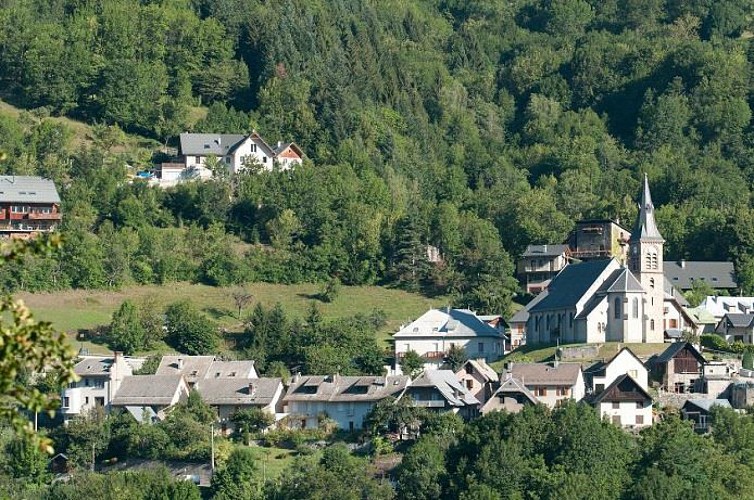
Village d'Allemond
The history of Allemond has been marked by the mining industry and Alpine agriculture. Vieux Allemond, around the church and along the road leading to the Mairie, still has the traditional characteristics of Oisans villages.Allemond was known for its mining under Louis XIII and XIV, housing royal foundries (behind the tourist office), in which minerals mined around the village, mainly silver, lead and copper, were melted. For many years, the Hotel des Tilleuls (now closed) occupied some of the buildings of the former royal foundry. This hotel, featuring a superb walnut staircase, was bought in the 1920s by a former mayor of the village. His two daughters, Raymonde and Margarete, were well-known local characters who ran the hotel for many years. It was even rumoured that Napoleon III stayed there. Until the 1960s and 1970s, people lived very simple lives, nearly all as farmers. Then at the end of the 1970s, the Grand-Maison dam project was launched, providing a huge economic boost for the village and the region as a whole. The project lasted 10 years and brought many thousands of workers to the area. These days, the village lives mainly from tourism, both in summer and winter.
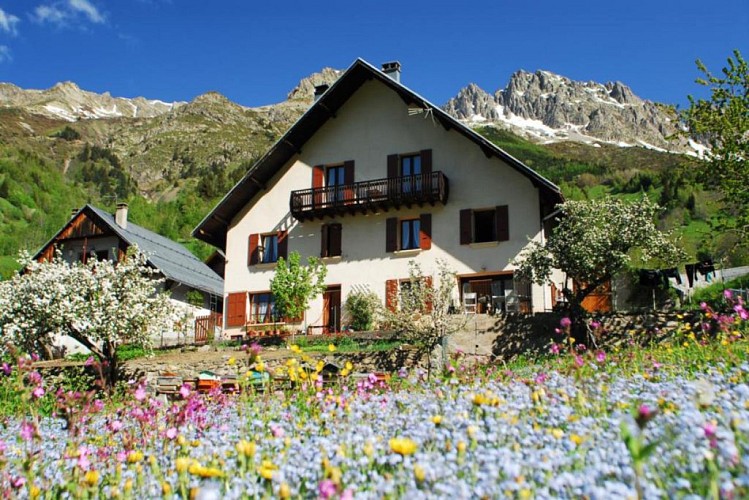
Village de Vaujany
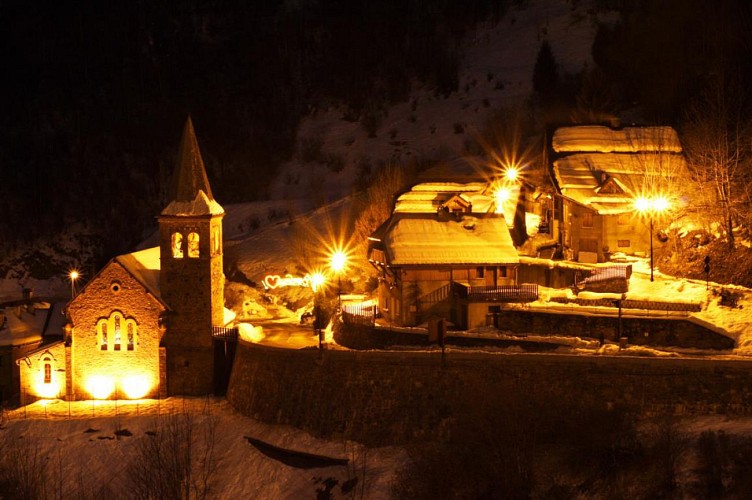
Eglise de Vauany

La voie de Rochetaillée
Rochetaillée lierally means "cut rock" in French and looking up at the road carved out of the cliff face, it is clear how the village got its name. However, the exact origin of this road appears lost in the folds of history.Is this road, as many people believe, the remains of a Roman road, the indelible mark of an unstoppable sovereign population? Or, as Doctor Roussillon suggests in his Traveller's guide to Oisans, is it "the still visible trace of a path created during the existence of the lake, along the bottom of the neighbouring mountain and behind the small hamlet of Rochetaillée, from which it draws its name. Such were the circumstances in which this path was built." An observor at the end of the 19th century reported certain similarities beween the Porte des Bons and the Rochetaillée road, suggesting a close correlation between the two. Marks and tracks on the ground were reported to be similar and of exact equal width. Unfortunately, no trace of these marks has been found since and the campaign to clear and clean the site carried out by in 2004 by "Customs and Traditions of Oisans" also failed to uncover any evidence. To better understand this, it needs to be remembered that in the last century, the plain through which the road passes was like a desert without any vegetation. Both the cliff and the plain were completely bare, meaning that it was no doubt easy at the time for witnesses to observe and note the smallest details. These days, the road is virtually covered by vegetation and in some places, you can almost walk past without noticing it. But why carve the road out of the rock? If we go along with Docteur Roussillon's theory, the creation of Saint-Laurent lake would be the only tangible reason for this project, which must have involved considerable manpower and resources. The other theory, if we consider this to be a Roman road, suggests that any rapid progress towards the high mountain passes was hindered by the neighbouring plain. Perhaps it was a swamp or a lake that was liable to flooding due to the unpredictable behaviour of the Romanche river? The size of the project to build the road would also prove the importance of the "Oisans way" in the eyes of the Romans. Along the entire length of the platform, rectangular markings are carved out of the stone at regular intervals. These suggest that a structure consisting of beams and a wooden floor covered the road, widening it from 2 metres to 3 or 4 metres and making for easier progression. At suitable points, wider platforms were installed, known as "garages" that served as passing places for animals and carts. To this day, the track linking Rochetaillée to Bourg d'Oisans, via the hamlets of La Paute and Les Sables, is known as the "Chemin Romain". Source: Freneyd'Oisans.com/Mr Albertino
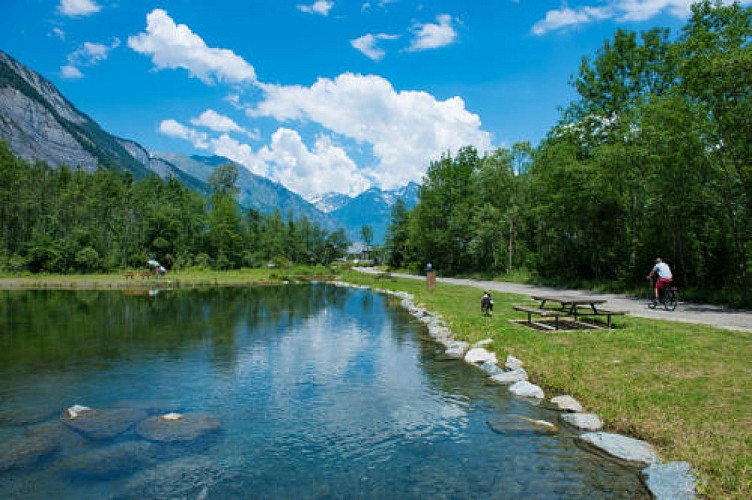
Bourg-d'Oisans village
Here you are in Bourg-d'Oisans at an altitude of 700m: all around you are mountains and underfoot is the plain. This landscape has been shaped over thousands of years at the same time as the Alps were being created.The mountains you see, and the plain you walk on, are the consequences of shifting continents, the major ice ages and the subsequent warming. Humans have also helped shape this landscape over the last few centuries, adapting to and taking advantage of natural and geological constraints. The dammed rivers and the network of drainage canals, for example, have allowed the habitat to expand and agriculture to develop in the plain, creating a mountain "bocage" with fields and hedges. However, these actions have never eradicated certain natural hazards, such as avalanches and rockfalls. Half-wild and half-tamed, this landscape and its features are home to a multitude of animal and plant species, some of which are protected. Lake St Laurent: when the Vénéon-Romanche glacier retreated, it stagnated in the lower valley and a lake of more than 5,000 hectares then occupied the entire valley from Bourg-d'Oisans to Allemond. The alluvium deposited by the Romanche and the Vénéon gradually plugged up the lake and filled in the plain to a depth of 500m. In fact, if it weren't for the lake, which gradually filled in, the village would only be at an altitude of 200m! Bourg-d'Oisans is now a delightful little town of international renown where mountain lovers come, both in summer and winter, to stay and enjoy the many activities on offer!
Date and time
- From 01/06/2024 to 15/11/2024
- From 01/06/2025 to 15/11/2025
Additional information
Environments
Mountain location
Lake view
Mountain view
Updated by
Oisans Tourisme - 08/04/2024
www.oisans.com
Report a problem
Open period
From 01/06 to 15/11.
Contact
Phone : 04 76 80 03 25
Email : info@oisans.com
Website : www.bike-oisans.com
Topo guides and map references
Topo guides references :
Itinerary no. 12 of the “Cycling in Oisans” guide (Oisans Tourisme)
Map references :
Michelin Local Map no. 333 Isère, Savoie
Data author
